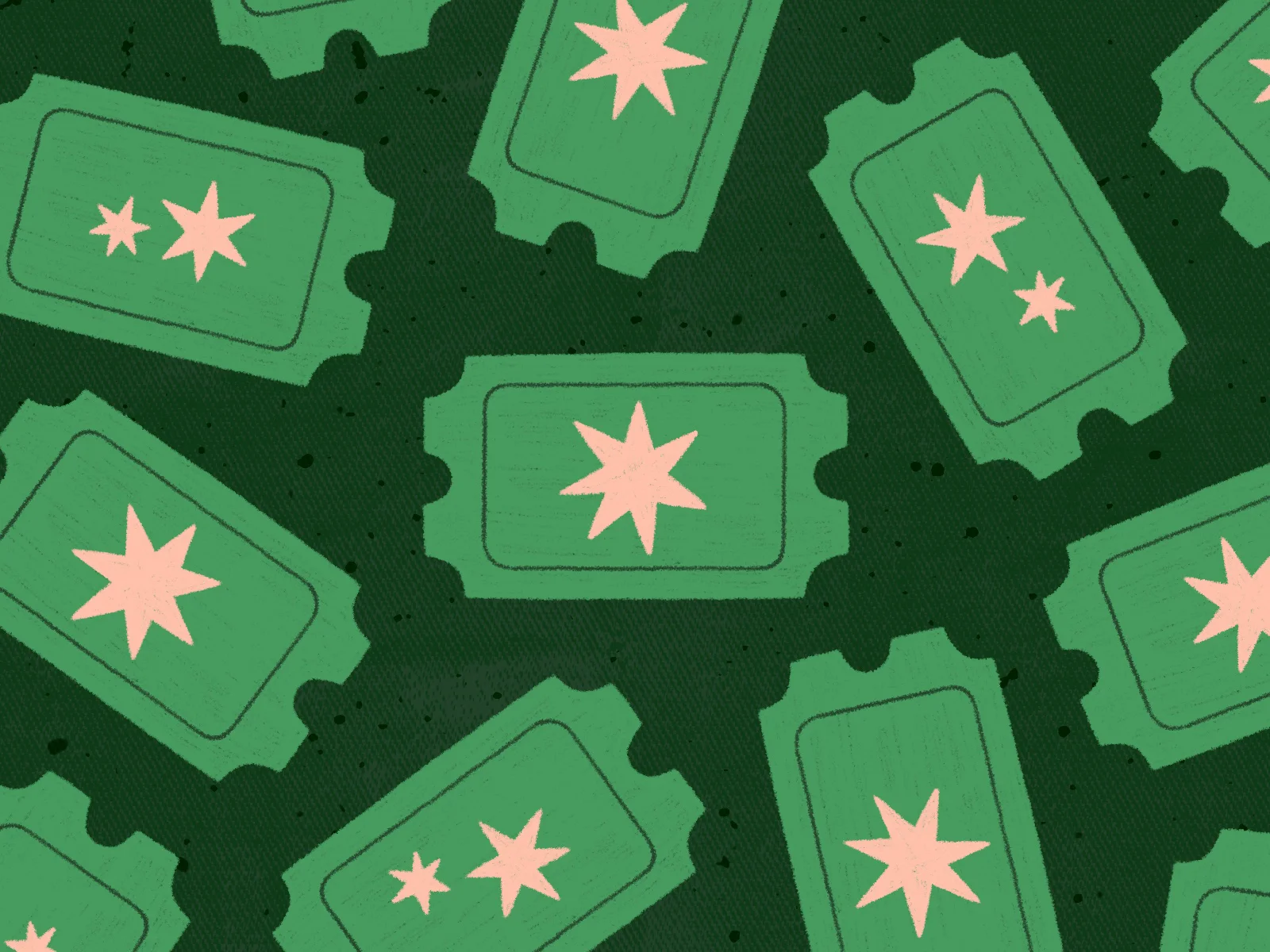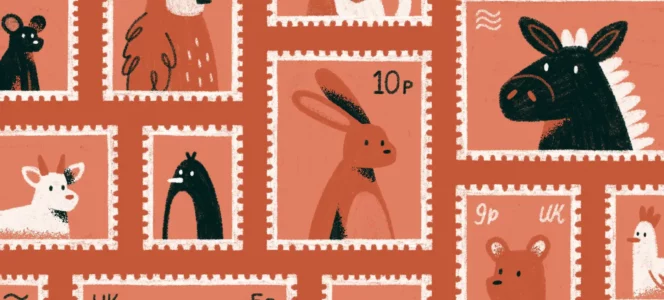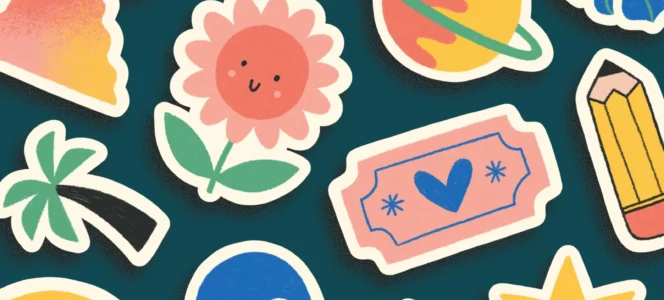Are there exceptions to copyright?
There are indeed circumstances whereby work may be reproduced without the creator’s permission or paying a fee. These situations are knows as ‘fair use’ or ‘permitted acts’.
Reporting Current Events
You may use replications of artwork when reporting on or in relation to the work. For example, if a painting has been stolen the image may appear on TV or online article as part of the reported news.
Artwork for Sale
Much like reporting news, one can replicate work that is being advertised for sale (this could appear in the form of posters, catalogues or online listings). Once the sale has closed however, the copies themselves cannot be sold.
Criticism or Review
Commenting on work is an important part of creative practices. Featuring work alongside a critical commentary is permissible. This should be used considerately and is a fine line to walk. The review should be the focus of the material, rather than being used as a way to feature the work itself.
Research
Work may be copied for private research where you will make no profit. Students for example may photocopy or photograph work for their studies, while authors cannot publish the work as part of a monetised research paper or novel.
Public Display
‘Works of artistic craftsmanship’, sculptures and buildings displayed in a public place may be reproduced, but ‘graphic works’ (paintings, drawings and photographs) may not.
Incidental Inclusion
If you were to illustrate or photograph a room containing a painting, this is allowed as the presence of the artwork is ‘incidental’. However, if you purposefully placed the artwork within the shot or otherwise intended to include the work, this would not be incidental and so be an infringement of the artist’s copyright.
Subsequent Work by the Same Artist
An artist may copy an earlier work of theirs, even if they no longer hold the copyright, as long as they do not imitate the ‘main design of the work’. This is fairly unclear and supports the best policy of not letting go of copyright in the first instance.
Reporting Current Events
You may use replications of artwork when reporting on or in relation to the work. For example, if a painting has been stolen the image may appear on TV or online article as part of the reported news.



